Roll out the barrels in the Barossa
There’s only one winery in the world that releases a century-old single-vintage wine every year, and it’s in Australia.
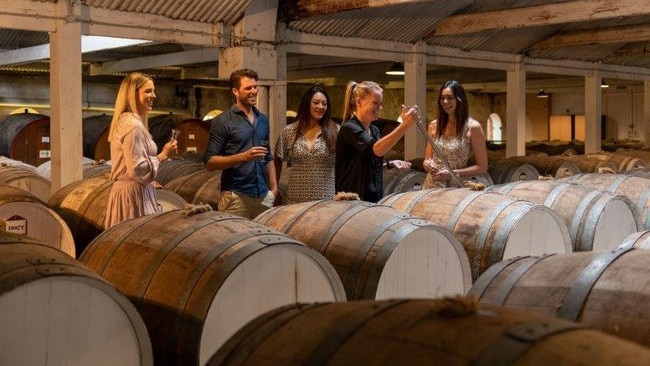
A heady fragrance of Christmas pudding saturates every nook of Seppeltsfield’s Centennial Cellar. The Proustian aroma seeps from creaking floorboards and the serried ranks of oak barrels, stoppered with hessian and cork, tucked beneath the tin roof of this historic bluestone building in the heart of the Barossa Valley.
We’ve ventured into the legendary cellar to sample a very special wine, the 1923 Para Vintage Tawny. Unbelievably, it’s the 46th consecutive 100-year-old wine to be released by Seppeltsfield. Benno Seppelt got the ball rolling in 1878 when he laid down a puncheon of his best wine with instructions that it was not to be bottled for a century. Could he have had the tiniest inkling of what the 1970s might look like – the flares and body shirts, Eagle Rock? Mutton chop sideburns would ring a bell.
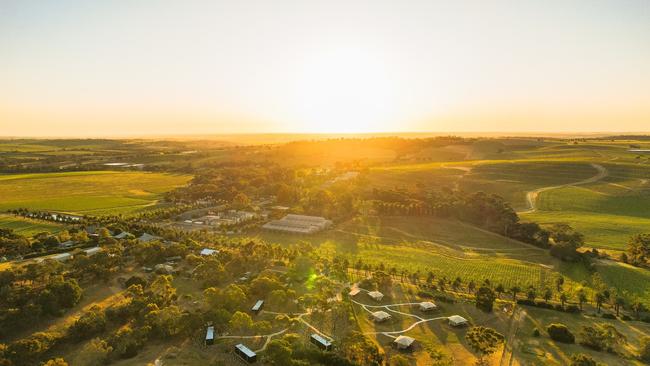
Today the winery is the only one in the world to release a century-old single-vintage wine every year. Fortified wines love the heat, and it can get pretty toasty in this cellar on a hot Barossa summer’s day. As much as 3 per cent of a barrel’s content is lost to evaporation in a year, and top-up barrels are on standby.
With all this incredible wine being sucked into the air, it’s hardly surprising the entire building smells like a boozy Christmas pud. A health and safety warning sign would not go amiss. “Danger of swooning.”
Our wine educator Louise carefully extracts a soupcon from the barrel to taste. I am expecting it to be cloyingly sweet, but no. One hundred years delivers the most complex flavour profile imaginable. Notes of citrus. And chocolate, prune and marmalade apparently; wine descriptors are not my strong point. Suffice to say it’s sublime, lingering on the palate for an eternity. No wonder James Halliday gave it 100 points.
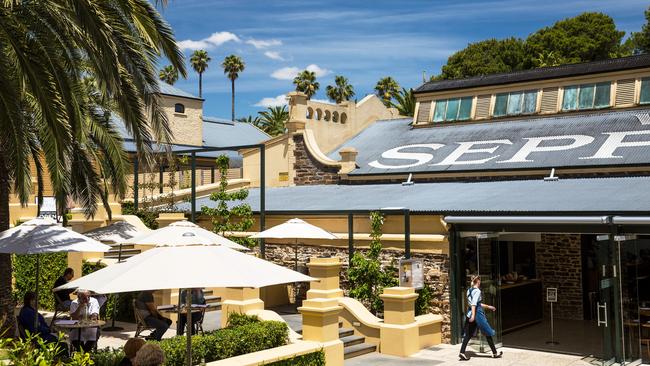
Afterwards, we are led up and down a series of secret staircases to a little apothecary tucked into the roof where Benno’s father Joseph experimented with various cordials and elixirs. Seppeltsfield still makes a delicious raspberry cordial, and according to Louise, old-timers occasionally pop by in search of a stomach tonic. The Barossa remembers.
Along with the Centennial Cellar, Seppeltsfield incorporates the most compelling collection of historic winery buildings in the country, including a wonderful gravity-fed cellar dating from 1888. All the accoutrement of the village established by the Seppelts in 1851 remain intact, including the workers’ dining hall where the family matriarch oversaw three meals a day for staff. The picturesque road wending to the winery is iconic, lined with 2000 Canary Island date palms planted by workers during the Great Depression. High above the estate, the family’s Greek Revival mausoleum stands watch. Confession: I grew up in the Barossa and remember midnight picnics in the mausoleum grounds, telling ghost stories and scaring ourselves silly. We might even have sneaked along a snifter of tawny. Back then there wasn’t a kitchen in the Barossa that didn’t have a little barrel of “port” on the counter; it was the tipple of choice for wizened old vignerons.
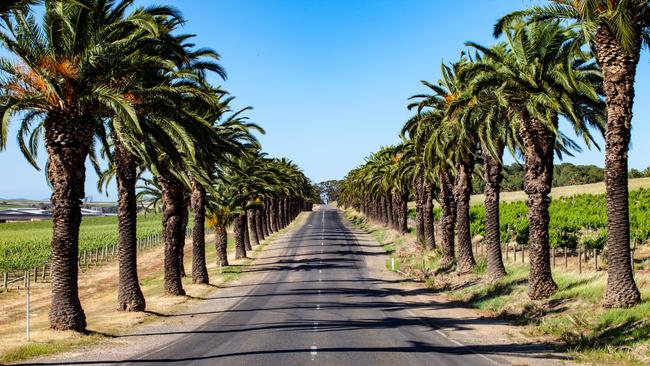
Tastings of the 100-year-old tawny are open to all but are obviously limited, so book in advance. Or instead sample a tawny dating from the year of your birth. With barrels dating back to 1878, you won’t miss out even if you’re as old as me. Otherwise, there’s loads more to explore, such as a JamFactory gallery, knifemaker, milliner and the lovely Vasse Virgin skincare outfit housed in the estate’s vinegar rooms.
We’re opting for lunch at Fino, the well-loved restaurant established by David Swain and Sharon Romeo in McLaren Vale but relocated to Seppeltsfield a decade ago. Seated on a terrace that might be in Italy or the south of France, beneath the shade of an enormous date palm and listening to the tumbling waters of a fountain, we realise the Barossa has its own version of la dolce vita.

Chef Dan Murphy’s food sensibly embraces the mood with seasonal produce, locally sourced and simply prepared. Grilled Spencer Gulf prawns with a house-made XO sauce, spanking fresh oysters from Little Douglas on the Eyre Peninsula, Hampshire pork from nearby Keyneton, a South Australian wagyu brisket cooked for 16 hours. Be sure to finish with Crema Catalana, the only dish never to have been removed from the Fino menu. There would be rioting in Barossa streets.
The wine list is wonderful and a sunny afternoon of sybaritic pleasure drifts by with no concern for how we might get home. Because we are staying with Harry, prince among pods. Part of a small off-grid enclave, a few minutes’ walk from the Seppeltsfield Estate.
Pod pioneer CABN is slowly populating South Australia’s wine regions, with several upscale cabins in the McLaren Vale and a new site to open this winter in the Adelaide Hills. In the Barossa, the little CABN village may be off-grid, with solar power and an on-site treatment system to recycle water, but it’s hardly remote, with the valley’s many pleasures right on the doorstep.

Two styles of accommodation are available. Five canvas-topped pavilions come with kitchenettes, ensuites and outdoor baths on the deck. The four top-of-the-range CABN X (including Harry) feature private saunas. Tucked beneath towering eucalypts, Harry has views to the palm tree-lined Seppeltsfield Way and golden hills cupping neat vineyards.
Settled among newly landscaped grounds, Harry is very cool; all blacks and gun-metal greys with sleek furnishings but loads of natural light through floor-to-ceiling windows. And with Tardis-like properties, there’s oodles of space. Requisite luxuries (other than a TV) are here – a king bed by the legendary A.H. Beard, gas log fire and an oversized bathroom with tub plus a clever button to frost the windows for privacy. This, in turn, opens on to a sauna with a wall of glass overlooking the grounds. The stylish kitchen is stocked with Nespresso pods and good quality tea bags, a welcome bottle of Seppeltsfield wine and a breakfast basket so bountiful it doubles as dinner: cheese, Maggie Beer pate, crusty bread, bacon, eggs, tomatoes and organic milk.

CABN’s clever design guarantees log-fire cosiness for winter wine-tasting weekends but also connects guests with the great outdoors. Harry has a large deck with barbecue and dining area, a firepit and a couple of Adirondack chairs overlooking an immaculate lawn, all perfect for soaking up the valley vibe at any time of the year. I especially love autumn, when vintage is wrapped, the strong summer light softens and vine leaves begin to turn a russet gold.
Later tonight, I might just sneak up to the mausoleum with a bottle of tawny. When in Rome.
In the know
Seppeltsfield is at 730 Seppeltsfield Rd in the Barossa Valley, about an hour by road north of Adelaide. CABN X sleeps two; from $525 a night. CANVS by CABN from $320.
Christine McCabe was a guest of CABN and Seppeltsfield.

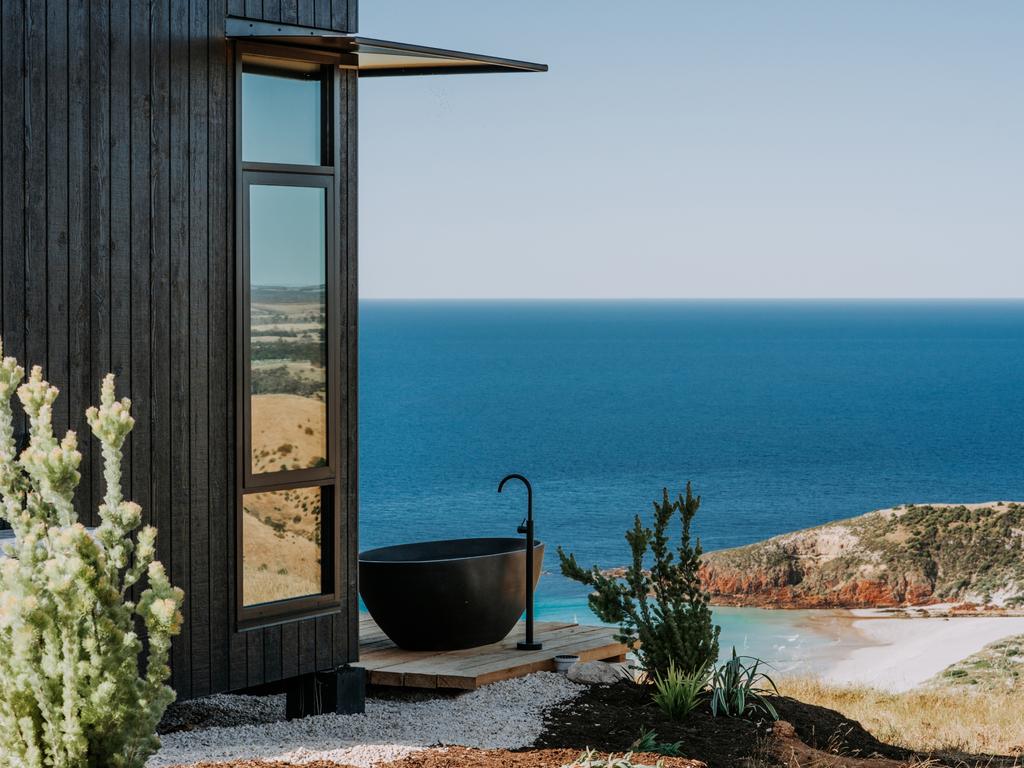
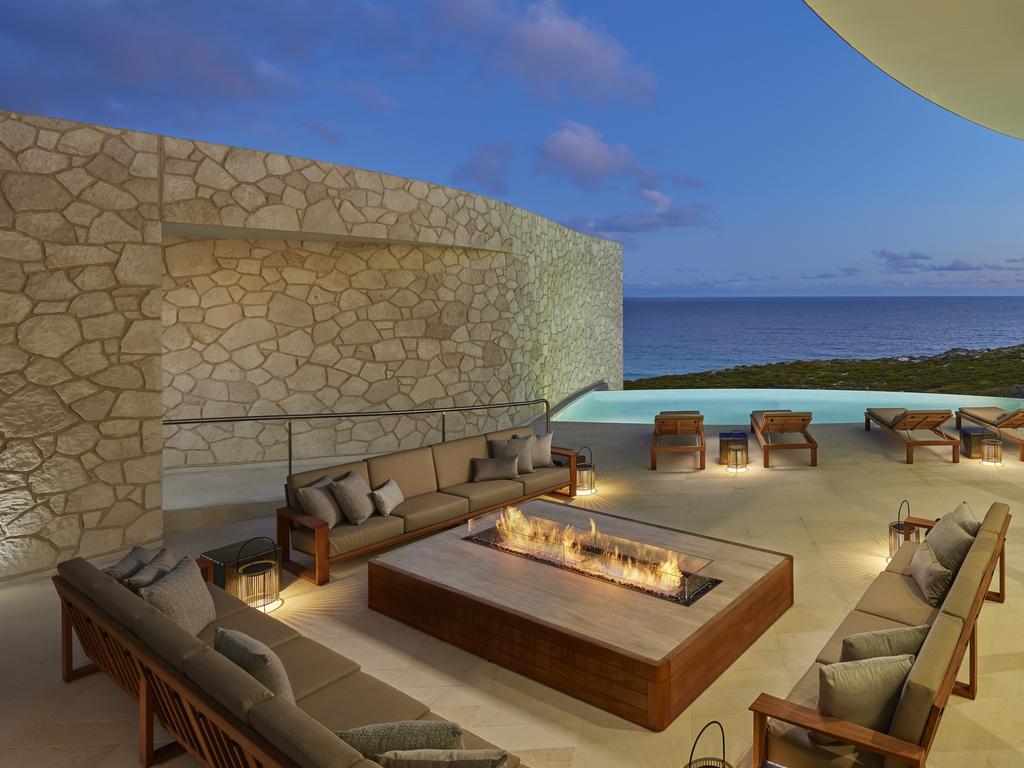
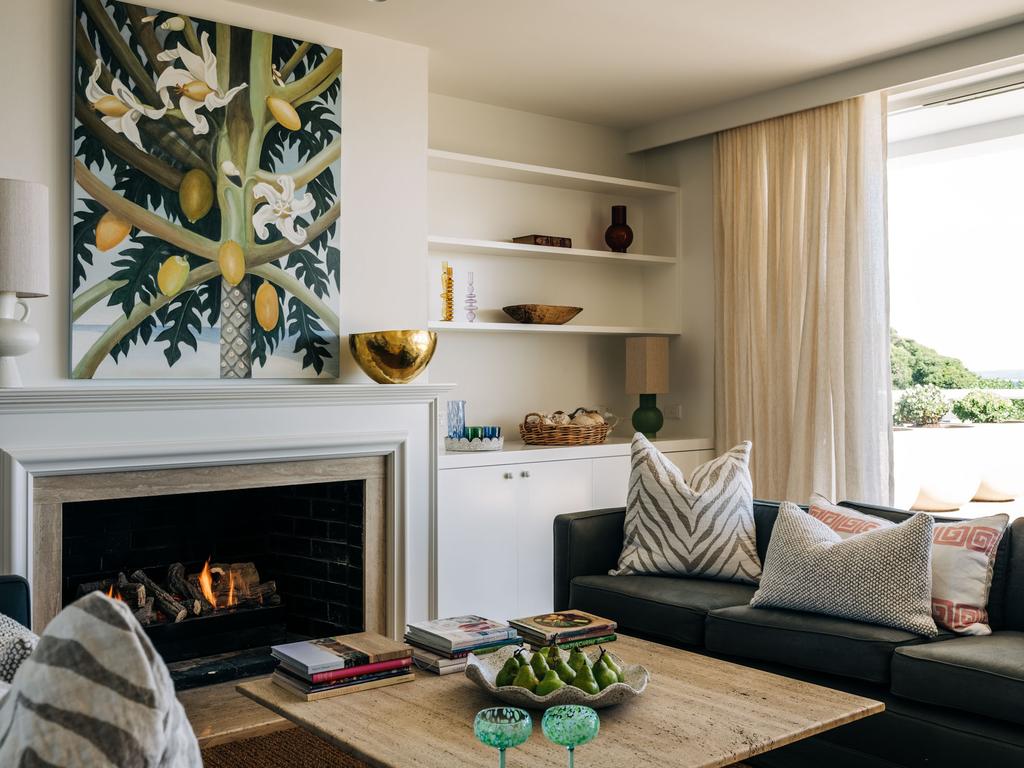
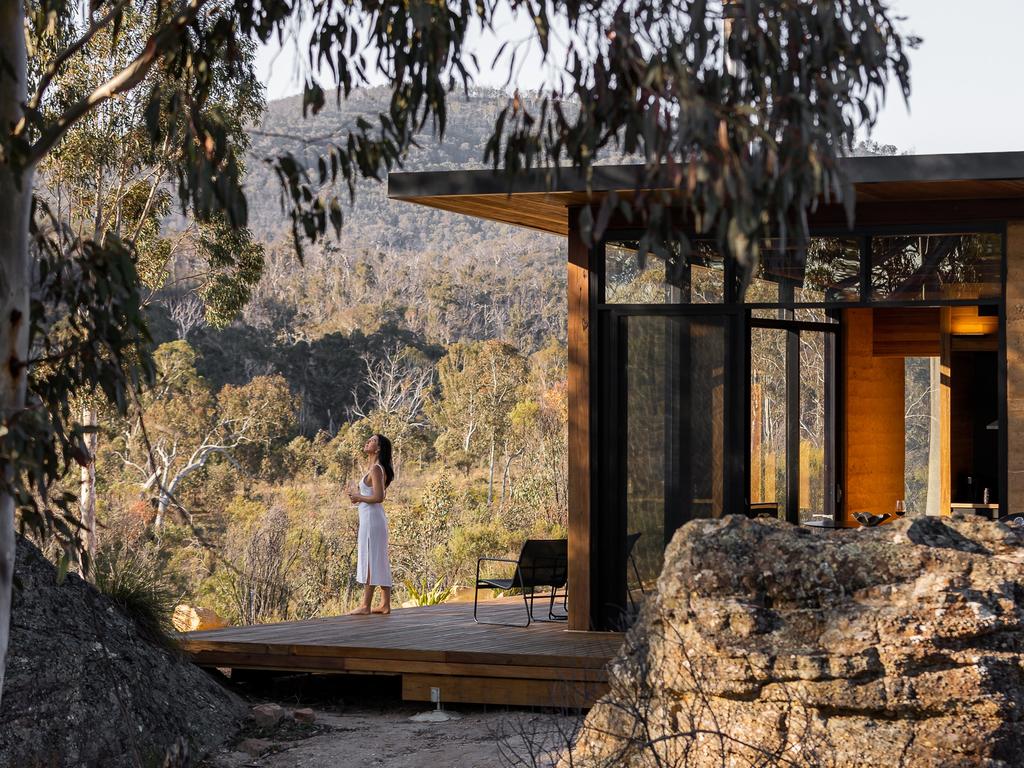
To join the conversation, please log in. Don't have an account? Register
Join the conversation, you are commenting as Logout